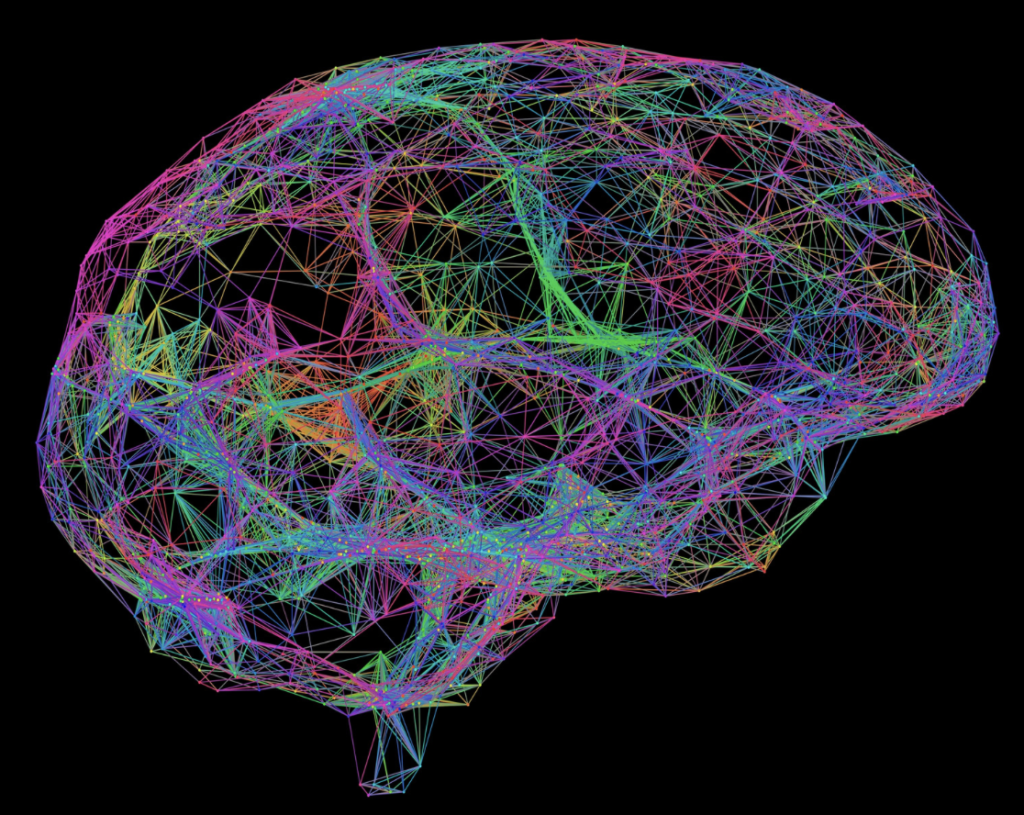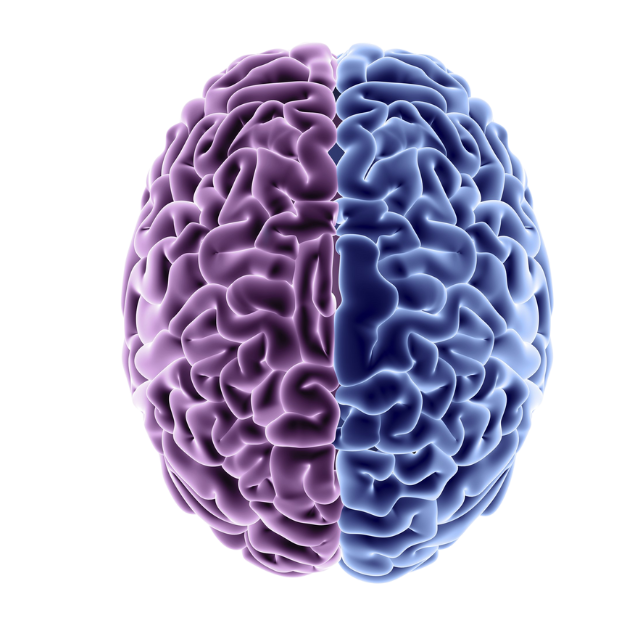Emerging science in Neuroplasticity is redefining what it means to be human. Also known as neural or brain plasticity, it refers to the brain’s ability to form and reorganize synaptic connections, especially in response to learning, experience or rehabilitation from injury. In other words, the brain can be rewired to function in a new way.
The Basis of Neuroplasticity
The brain is constantly rewiring itself from birth, strengthening the neural networks we reinforce, while pruning away the ones we don’t use. That’s why children are able to adopt a native-like level of fluency in multiple languages faster compared to when they become adults. The neural networks for language receptivity are present, but if they aren’t utilized, they are pruned away to make room for more useful habits.
In neuroscience, the term, “the critical period,” is defined at a period of heightened plasticity, when the brain can easily make new neural connections in response to information and experience. After that point, Dr. Sandra Kuhlman, Ph.D., a neurobiologist at Carnegie Mellon University, says that “gatekeeper circuits” restrict what we can learn, deciding weather or not to rewire the brain in response to experience.
Research suggests the brain undergoes a constant rewiring process until approximately 25 years of age. Thought patterns and mental habits are represented by neural networks in the brain. You can think of it as having a specific network, or sequences of neuronal firing, for every aspect of your life: people, places, experiences and the like. By the age of 25, these neural networks are largely hard-wired into patterns. Our strongest networks are the ones that are activated most easily and readily available to our consciousness.
How To Rewire the Brain as an Adult
However, emerging research is illustrating the brain to be capable of profound change throughout our entire lives. The most powerful way to change the brain is behavior, specifically through practice and reinforcement of our mental habits. It does take work, but it can be done.
Take an Inventory: Increase Awareness of Thought Patterns
- When you think about a particular person, place or thing, observe the thoughts that immediately come to mind. Let the mind wander through those thoughts naturally as you non-judgmentally observe whatever comes up
- What are your ‘Top 10 Tunes’ – the thoughts that play repeatedly in your head throughout the day?
- What networks are you strengthening unintentionally by over-analyzing a particular topic or issue?
- Decide: are these the mental habits you want to be good at strengthening?
- Question: how might these hard-wired patterns be affecting the way I perceive new opportunities?
Unfortunately, due to our negativity bias, we’re programmed to reinforce networks for self-criticism, fear and failure. Research shows our brains are wired to pay more attention to negative experiences than to positive ones. It’s a deeply ingrained survival mechanism that helped our ancestors survive. Remaining alert to a dangerous situation proved to have more evolutionary benefit than encountering a positive one, and so it remained with us over time. Even though we are no longer in a hunter-gatherer society, modern research shows negative experiences still exert greater psychological impact on us compared to positive ones of the same magnitude. It’s natural for this bias to affect our levels of motivation and our perception of performance, restricting us to accomplish goals inside our comfort zones.
Establish a Vision For Your New Brain
We can actually train the brain to be more focused, compassionate, resilient, open-minded and creative. We can also train it to be less anxious, less prone to emotional outbursts and less fearful in new settings. After you’ve taken an inventory for a week or so, identify which of these goals you’d like to achieve. Prioritize your areas of focus and determine what mindset will help you get there most efficiently.
Employ the Power of Habit
Neuroscientists now reveal it’s possible to mitigate the impact of negative memories by stimulating other, happier ones. “Since negative emotional memories are often stronger and more impactful than positive ones, we will require a higher level of training to overcome this bias in order to see the world as it is- not worse than it is.”
To stimulate higher-order regions of the brain, mentally pull up a ‘highlight reel.’ The highlight reel refers to a collection of memories, experiences or insights that remind you of a time you were extremely happy or grateful to be alive. According to UCLA’s Mindful Awareness Research Center, the emotional signature of gratitude changes the molecular structure of the brain, improving the functioning of gray matter, and makes us more peaceful, less reactive and less resistant. You could also visualize future outcomes and achievements, getting excited about the details that will unfold to get you where you want to be.
In line with this thinking, we can disrupt and replace negative thoughts with positive or neutral habits whenever they arise. Founder of Positive Intelligence and author of Positive Intelligence: Why Only 20% of Teams and Individuals Achieve Their True Potential, Shirzad Chamine explains how focusing on physical sensations for just 10-15 seconds is powerful enough to override the survivor brain and activate higher positive intelligence. Higher Positive Intelligence means your mind acts as your friend, rather than your enemy.
Establishing a Healthy Lifestyle
Lifestyle plays an integral part of cognitive enhancement, as well as rehabilitation from serious injury. Author of The Neurogenesis Diet and Lifestyle, Brant Cortright, PhD, notes that people show enormous variation in the rate of neurogenesis, the process through which the brain upgrades itself and enhances its quality of life. When the rate is high, one is alive, engaged, expansive and feels fulfilled. It’s an indicator of how well you’re functioning. Studies have shown that specific lifestyle routines boost plasticity and the rate of neurogenesis. Cortright suggests, “You can increase the rate by 3-5x at all ages.” This is done through an enriched environment of paper exercise, diet, sleep, novelty, natural sounds, immersion in nature, positive relationships, mindfulness, meditation and avenues for lifelong learning.
Achieving A Growth Mindset for Neuroplasticity
The concept of a growth mindset versus a fixed mindset, as developed by psychologist Carol Dweck, offers profound psychological benefits from childhood through adulthood.
Individuals with a growth mindset tend to be more resilient in the face of challenges. They view setbacks as opportunities for growth rather than failures, which can significantly reduce stress and anxiety levels. A growth mindset also fosters a sense of agency and empowerment. It increases motivation to take on new challenges and embrace new experiences, regardless of innate abilities. It encourages an understanding that failure is not opposite to success, but a fundamental, invaluable part of it.
Questions to Consider When Developing a Growth Mindset:
- How will I challenge myself today?
- What can I learn from this experience or mistake?
- What is this experience able to teach me about myself and my abilities?
- Who can I ask for honest feedback about myself?
- What mental skills do I have to adopt to be able to manage this situation?
- How can I achieve a sense of peace in the midst of chaos?
- What do I need to do so that within X amount of time I can say this current challenge was the best thing that could have ever happened to me?
- What are 3 things I can be grateful for in the midst of this current challenge?
- Who can I ask for help or support?
- What are the ways I’ve taken care of myself today, in terms of lifestyle routine?
A growth mindset helps to redirect the brain to prioritize focus on growth in response to new learning and experience. It doesn’t allow the mind to dwell on past failures, mistakes and sabotaging modes of thinking.





